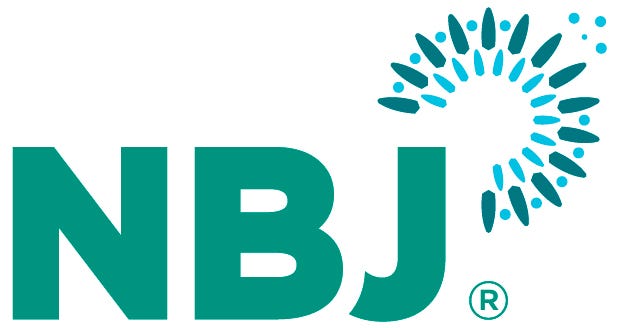
Monitor: Consumer confidence is rising but frugal buying patterns persist for supplementsMonitor: Consumer confidence is rising but frugal buying patterns persist for supplements
A September survey by Nutrition Business Journal found that price-conscious shopping habits have outlasted the post-pandemic economic anxiety. Get the details here.

With the stock market regularly breaking records and JPMorgan declaring a soft landing as inflation recedes and unemployment remains low, New Hope Network consumer research confirms a discouraging truth for retailers and brands in supplements: Even with boosted confidence in the economy, consumers appear to be sticking with frugal buying behaviors inspired by post-pandemic inflation anxiety.
Comparing surveys conducted in late 2022 and September 2024, the share of respondents who said they were better of than a year earlier climbed from 21% to 34% and predictions for the coming year were equally positive. The percentage of people who said they anticipated being worse off in a year’s time dropped from 17% to 8%.
That improved outlook, however, does not appear to be changing consumer attitudes around saving money on supplements in a significant way. Asked how they would change their spending on supplements if prices rose, 45% said they would trade down from premium and organic brands to more conventional products, effectively even with the 44% who said the same in 2022.
The framing of the questions is important here: In both cases, respondents were asked to consider inflation continuing. With the 12-month inflation rate dropping to 2.4% in September, consumers are facing a dramatically different situation than they were in 2022 when the annual inflation rate hit 6.5%. Still, it’s possible the money-saving habits consumers picked up as the world tiptoed out of the pandemic—only to face the highest inflation in decades—are now ingrained. Examining channel sales for supplements, we see a similar phenomenon with people who turned to e-commerce because they worried about exposure to the virus in brick-and-mortar continuing to order more of their supplements online long after the threat had passed.
Consumers gravitating to lower-priced options is nothing new, of course, and it’s possible that the threat is greater for brands in the middle than it is for premium brands. We don’t have research to back it up, but there is talk that customers who had bought into the premium brands had already justified the higher prices and, more importantly, could afford them. The penny-pinching effect may hit the mid-level brands harder because they catered to more price-conscious shoppers.
What this means for retailers is that having both ends of the spectrum well-represented could be crucial. It’s also important to highlight the curation and education functions of brick-and-mortar retail, particularly in the natural and specialty channel. Don’t just say why the premium priced products are worth the added cost; tell consumers how you vet the value brands too.
About the Author
You May Also Like





